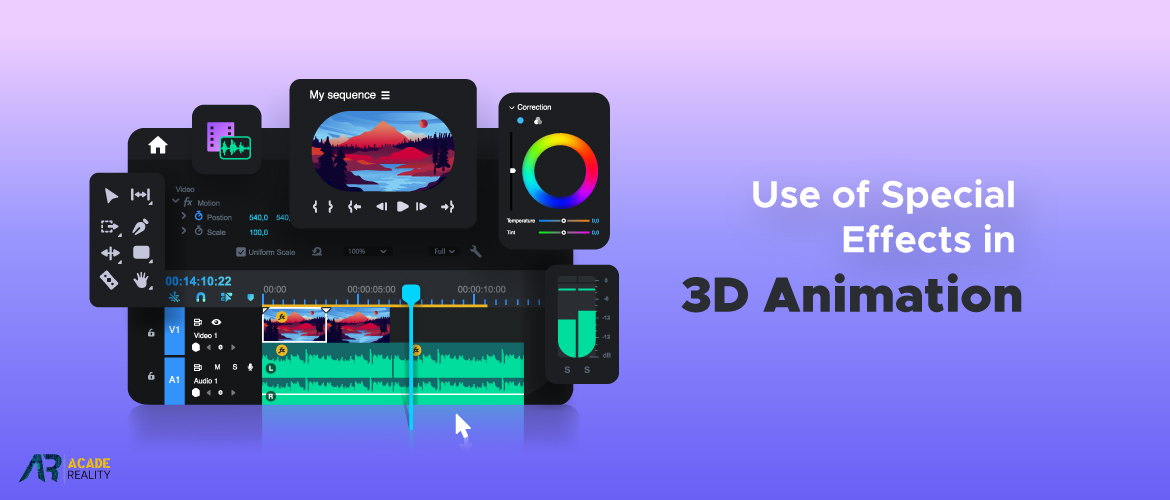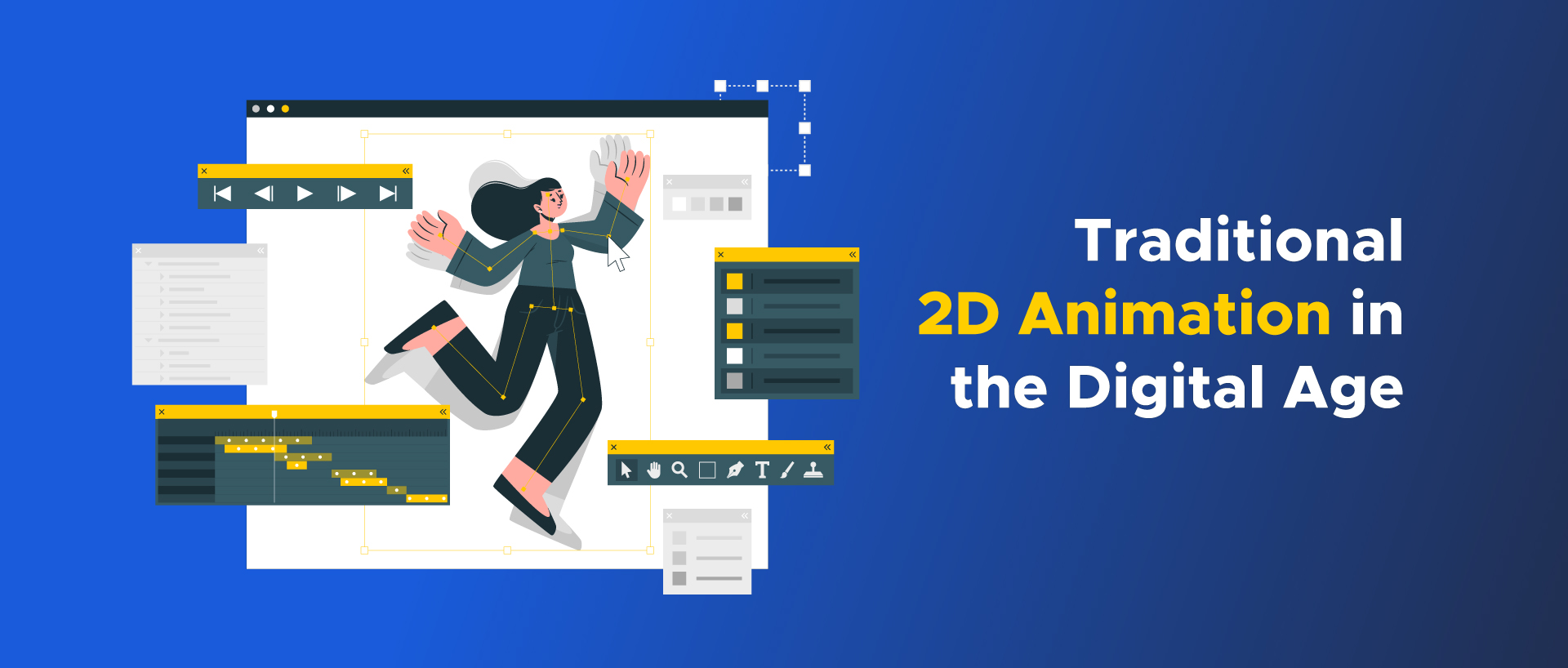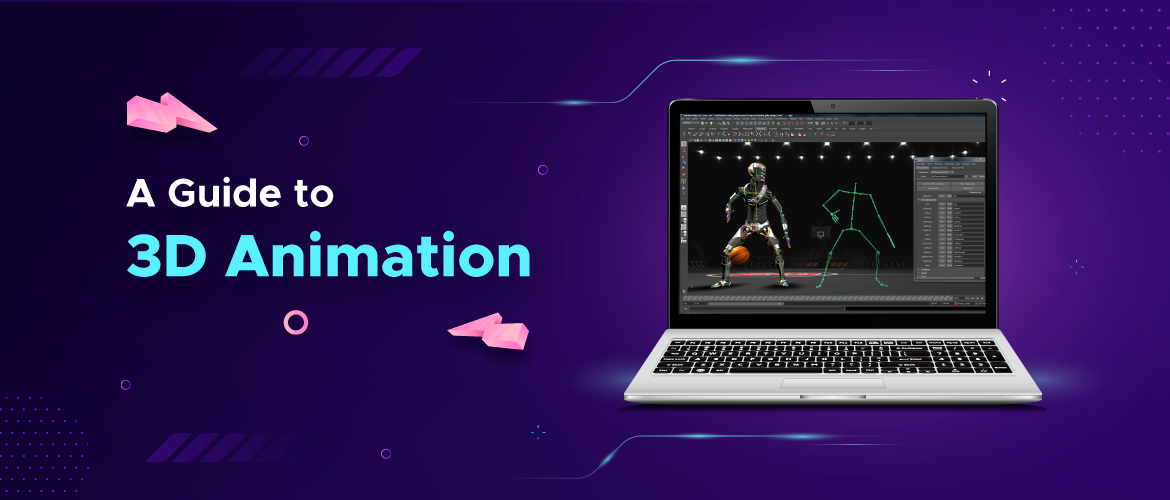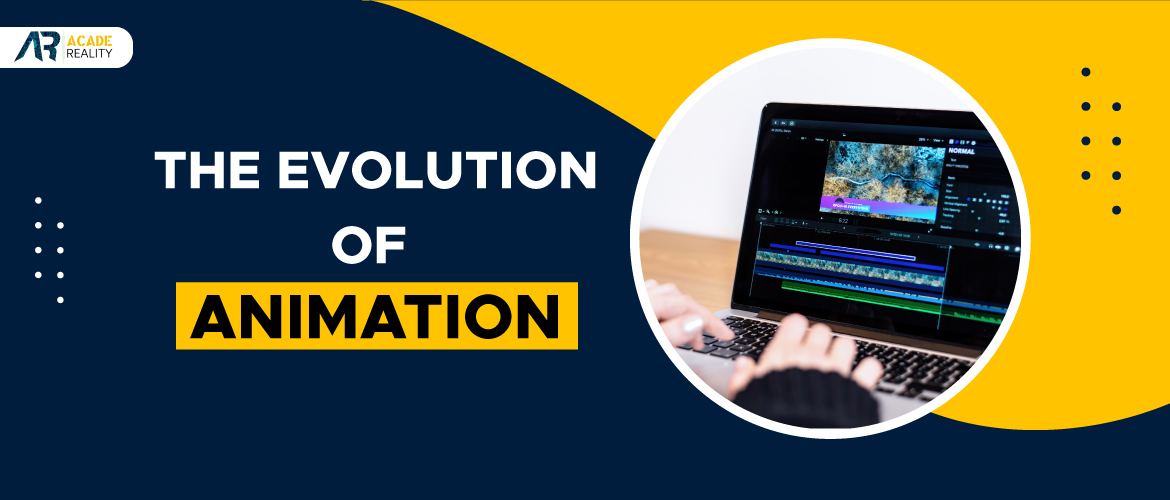Leatest Blogs
Future Trends in 3D Animation: Virtual Reality and Beyond
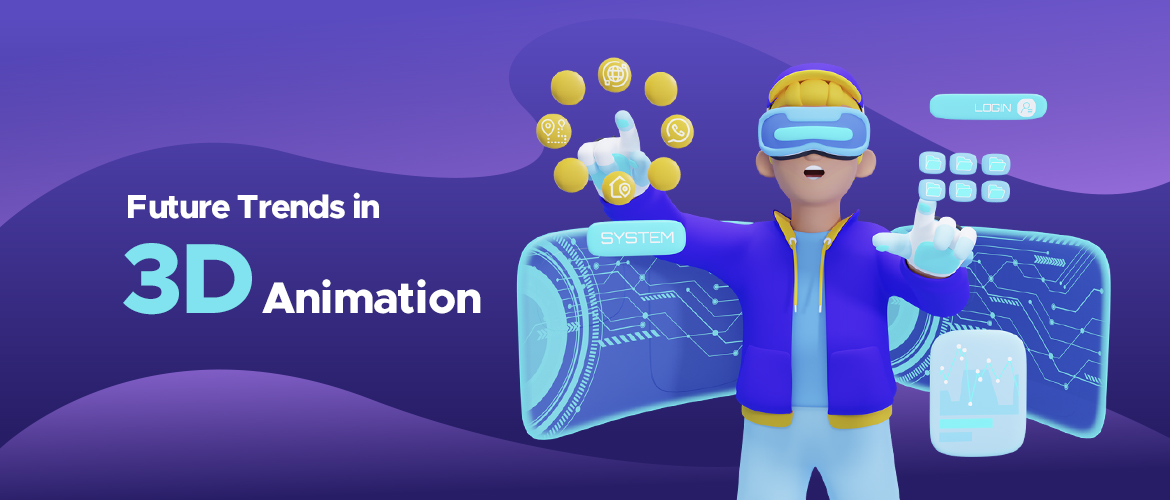
The future of 3D animation holds tremendous promise and excitement. As technology persists to advance, the boundaries of what is possible in the realm of animation are expanding exponentially. Here, we will delve into the future of 3D animation and explore the key trends shaping this industry with a particular focus on the emergence of Virtual Reality (VR).
To understand the 3D animation trends, it is crucial to trace its evolution. From its early days as a niche technique to becoming a mainstream form of entertainment, 3D animation has come a long way. The integration of computer-generated imagery (CGI) in films, television, and video games has set the stage for a dynamic and immersive future.
Key Trends Shaping the Future
1. Virtual Reality Revolution
VR technology is poised to revolutionize 3D animation by providing users with an unparalleled level of immersion. As VR headsets become more accessible, animation studios are exploring new avenues for storytelling, transporting audiences into entirely new worlds.
The 3D animation trends lie in the creation of interactive experiences where users actively participate in the narrative. VR allows for real-time engagement, enabling users to influence the storyline and shape their own experiences.
2. Artificial Intelligence (AI) Integration
AI is set to streamline and enhance the animation creation process. From automating repetitive tasks to predicting character movements, AI is becoming an integral part of 3D animation, making the production pipeline more efficient.
AI algorithms can analyze user preferences and behaviors, enabling the creation of personalized animated content. This customization enhances the user experience, making the content more relatable and engaging.
3. Augmented Reality (AR) in Animation
AR introduces the concept of blending the virtual and physical worlds seamlessly. Animation, when overlaid with the real environment through AR, opens up new possibilities for dynamic storytelling and interactive content.
AR in 3D animation has the potential to revolutionize education by providing students with interactive and immersive learning experiences. Complex concepts can be visualized in ways that were previously unimaginable.
4. Realistic Animation
One of the primary trends driving the future of 3D animation is the quest for hyper-realism. Advancements in rendering technologies, such as ray tracing, enable animators to create visuals that are indistinguishable from reality. This trend is reshaping the way stories are told, providing audiences with an immersive experience like never before.
5. Blockchain for Animation
The future of animation is not only about visual enhancements but also about transforming the way animation is delivered. Blockchain technology is being explored to address issues of copyright, ownership, and distribution in the animation industry. This decentralized approach could bring transparency and fairness to content creators.
Virtual Reality: Redefining the 3D Animation Landscape
1. Immersive Storytelling
VR allows storytellers to transport audiences into entirely new worlds. This immersive storytelling experience is reshaping narrative structures and pushing the boundaries of traditional animation. From interactive narratives to 360-degree environments, VR opens up a realm of possibilities.
2. Training and Simulation
Beyond entertainment, VR is finding applications in training and simulation. Industries such as healthcare, aviation, and engineering leverage VR-based animations for realistic simulations and training programs. This not only enhances learning but also reduces costs associated with traditional training methods.
3. Challenges and Opportunities
While VR presents exciting opportunities, it also comes with challenges. Hardware constraints, motion sickness concerns, and the need for specialized content creation tools are among the hurdles that animators and developers must overcome. However, the potential rewards in terms of user engagement and innovation make these challenges worth addressing.
Animation Services in the Future
1. Collaboration and Customization
Animation provides customized solutions to meet the unique requirements of clients. Whether it's creating promotional content, educational animations, or immersive VR experiences, animation adapts to diverse needs.
Studios offering animation services often collaborate with clients throughout the production process. This combined approach ensures that the final product aligns with the client's vision while benefiting from the expertise of seasoned animators.
2. Technology Adoption
Animation is at the forefront of adopting emerging technologies. From staying updated on the latest animation software to mastering VR and AR tools, these services are well-equipped to guide the dynamic 3D animation trends.
Animation leverages technology not only for creative expression but also for optimizing production workflows. This efficiency ensures timely delivery without compromising the quality of the animation.
3. Personalized Animation Experiences
The future of animation is increasingly moving towards personalization. As technology enables data-driven insights into viewer preferences, animation content can be tailored to individual tastes. This shift from a one-size-fits-all strategy to personalized content opens up new avenues for animation.
4. Collaborative Animation Platforms
With the rise of remote work and global collaboration, animation is evolving to meet the demands of a connected world. Collaborative animation platforms, facilitated by cloud computing and advanced communication tools, allow teams to work seamlessly across borders. This not only enhances creativity but also fosters diversity in storytelling.
5. Monetization Strategies
The future of animation is intertwined with innovative monetization strategies. From subscription-based models to decentralized finance (DeFi) solutions using blockchain, content creators and animators have a plethora of options to explore. This shift towards alternative revenue streams is reshaping the business dynamics of the animation industry, including agencies that provide professional animation services.
Challenges and Opportunities in the Future of 3D Animation
1. Technical Challenges
- While VR holds immense potential, its widespread adoption faces challenges related to the availability and affordability of high-quality VR hardware. Overcoming these hurdles will be crucial for realizing the full potential of VR in 3D animation.
- The integration of AI and other advanced technologies requires animators to adapt and upskill. Overcoming the learning curves associated with these technologies is essential for animators to harness their full capabilities.
2. Ethical Considerations
- The increasing reliance on AI in animation raises questions about creative control. Striking a balance between utilizing AI for efficiency and preserving the artistic intent of animators is an ongoing challenge.
- As VR becomes more immersive, the potential psychological and societal impacts must be considered. Striking a balance between creating engaging content and ensuring user well-being is a challenge that animators and VR developers will need to address.
Conclusion
The future of 3D animation is a canvas of endless possibilities, with Virtual Reality and other emerging technologies leading the way. As animators, content creators, and technology developers continue to collaborate and innovate, the lines between the virtual and real worlds are becoming increasingly blurred. The integration of AI, VR, and blockchain is not just a glimpse into the future but a testament to the dynamic nature of an industry that is constantly pushing the limits of creativity and technology.
Animation plays a pivotal role in adapting to the changing needs of creators and audiences alike. Whether it's personalized experiences, collaborative platforms, or new monetization strategies, the future of animation is intricately connected to the broader trends shaping the 3D animation industry.
As many animation service providers believe, one thing is certain – the world of 3D animation is set to captivate, innovate, and redefine the way we experience stories for generations to come.
Also Read: The Evolution of Animation: Emerging Trends and Technologies
You Might Like
